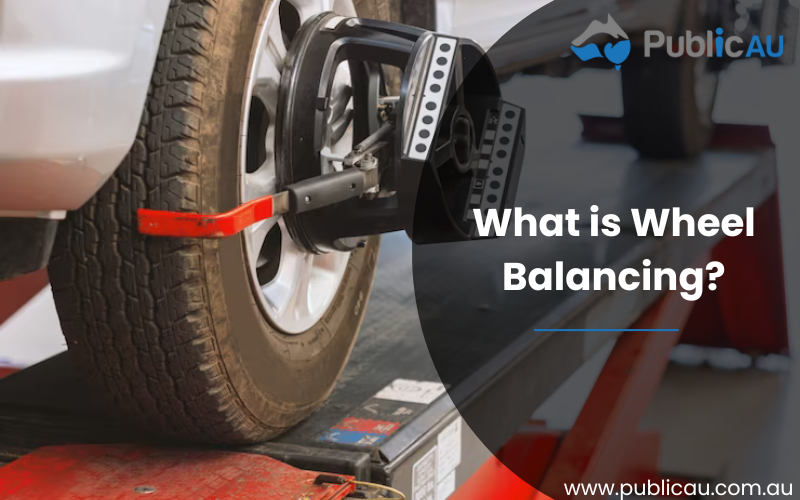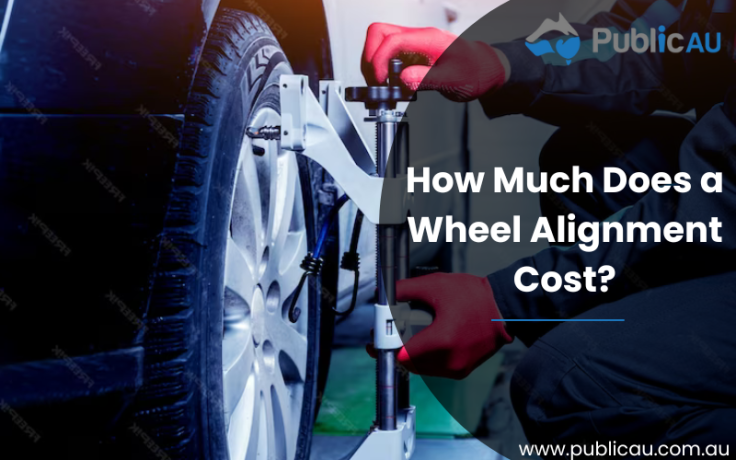
Are you tired of feeling that annoying vibration in your car’s steering wheel or floorboard? Do you ever wonder why your tyres seem to wear out unevenly, despite regular maintenance? Well, look no further because we have the answer!
What is Wheel Balancing?
Wheel balancing is a critical aspect of maintaining the overall health and performance of your vehicle. It involves ensuring that the weight of each wheel and tyre is evenly distributed, allowing for smooth and optimal driving conditions.
The process of wheel balancing starts with determining if there is an imbalance in your wheels. This can be detected by any noticeable vibrations or shaking while driving, especially at high speeds. Other signs of an unbalanced wheel include uneven tread wear on tyres or steering wheel wobbling.
If left unchecked, unbalanced wheels can lead to premature wear and tear on your tyres, suspension components, and even affect the handling and stability of your vehicle. This not only compromises the safety of your car but also results in higher maintenance costs in the long run.
It’s essential to have your wheels regularly balanced as part of routine maintenance. It’s recommended to get them balanced every 5 ,000 to 6,000 miles or whenever you replace your tyres. This not only ensures a smoother and more comfortable ride but also prolongs the life of your tyres and other components.
Do Wheel Balancing and Alignment Refer to the Same Thing?
Many drivers may associate wheel balancing and wheel alignment as the same thing, when in reality they are two distinct processes that serve different purpose.
⇒ Wheel balancing refers to the process of evenly distributing the weight of a tyre and wheel assembly so that it rotates smoothly without any vibrations or wobbling. This is achieved by attaching small weights to specific areas on the rim of the wheel. These weights counterbalance any heavy spots on the tyre or wheel, ensuring that it spins evenly without causing any disturbances while driving.
⇒ Wheel alignment involves adjusting the angles of the tyres so that they are properly aligned with each other and with the road surface. This includes adjusting three main angles – toe, camber, and caster – which determine how your tyres make contact with the road.
A proper alignment ensures that your vehicle drives straight and true, reduces tyre wear, and improves overall handling.
While both services aim to improve your vehicle’s performance, they address different issues.
Wheel balancing focuses on correcting imbalances in weight distribution whereas wheel alignment addresses misalignment of angles. However, if left unaddressed, both issues can lead to similar problems such as uneven tyre wear and poor handling.
So How Do You Know If You Need One or Both of These Services?
If you notice any vibrations or shaking in your steering wheel or seat while driving at high speeds (usually above 50mph), then your wheels may be out of balance and in need of balancing. On the other hand, if your vehicle pulls to one side or your tyres are wearing unevenly, then it may be a sign that you need an alignment.
It is important to note that both wheel balancing and wheel alignment should regularly be performed as part of routine maintenance to keep your vehicle running smoothly and safely. While they are not interchangeable, they both play an important role in maintaining the overall health and performance of your vehicle’s wheels.
Also Read: How much does a wheel alignment cost?
How Do Wheels Get Out of Balance?
There are several factors that can contribute to wheels becoming unbalanced over time.
1. Wear and Tear:
As with any mechanical component, wheels are subjected to wear and tear over time. This includes exposure to road debris, potholes, and other rough driving conditions that can cause small imperfections or damage to the wheel’s surface. These imperfections can disrupt the balance of the wheel, leading to vibration and instability while driving.
2. Weight Distribution:
The weight distribution on a wheel is crucial for maintaining balance. When tyres are mounted onto a wheel, they may not be perfectly centered or may have slight variations in weight around the circumference. Over time, these imbalances can lead to uneven tyre wear and affect the overall handling of your vehicle.
3. Tyre Pressure:
Keeping your tyres properly inflated is not only important for fuel efficiency but also for maintaining balanced wheels. If there is too much air pressure in one tyre compared to others, it can affect the weight distribution on that particular wheel and cause it to become unbalanced.
4. Suspension Issues:
A faulty suspension system can also contribute to wheel imbalance as it affects how well your wheels make contact with the road surface. Worn out shocks or struts can result in excessive bouncing or swaying while driving, which puts added stress on your tyres and wheels.
5. Loose Wheel Bolts/Lugs:
It is critical to ensure that the lug nuts or bolts holding your wheels in place are properly tightened. Loose wheel bolts can cause the wheel to wobble and become unbalanced, leading to potential safety hazards.
6. Poor Wheel Alignment:
If your wheels are not aligned correctly, it can result in uneven tyre wear and affect the overall balance of your wheels. Misaligned wheels can occur due to hitting potholes, curb hopping, or other road hazards.
7. Installation Errors:
When new tyres are installed on a vehicle, it is essential that they are balanced correctly. Any errors during this process can lead to unbalanced wheels and issues with handling and performance.
What Are the Symptoms of Unbalanced Wheels?
Wheel balancing is an essential maintenance task that ensures the smooth and safe operation of your vehicle. When your wheels are not balanced, it can lead to a variety of issues, including uneven tyre wear, decreased fuel efficiency, and even potential safety hazards.
💨 Vibrations
One of the most noticeable signs of unbalanced wheels is vibrations while driving. If you feel a vibration or shaking sensation in the steering wheel or throughout the car at certain speeds, it could be due to unbalanced wheels.
This happens because when your wheels are not properly balanced, they spin unevenly causing the whole vehicle to vibrate.
💨Uneven Tyre Wear
Another symptom of unbalanced wheels is uneven tyre wear. When your tyres are out of balance, they do not make proper contact with the road surface, leading to irregular tread wear patterns on your tyres.
This can result in bald spots on some areas of the tyre while others remain new-looking. Not only does this decrease the lifespan of your tyres but also affects their performance and grip on the road.
💨 Steering Pull
If you find yourself constantly fighting with your steering wheel to keep your vehicle moving straight ahead without veering off to one side or another, it could be a sign that your wheels are out of balance.
Unbalanced wheels cause unequal pressure on each tyre resulting in a pulling sensation towards one direction.
💨 Noisy Ride
Unbalanced wheels can also cause your vehicle to make loud or unusual noises while driving. This is because the uneven distribution of weight on your tyres can lead to vibrations, which in turn create different noises like humming, buzzing or squealing sounds.
💨 Decreased Fuel Efficiency
When your wheels are not balanced, it creates excess friction on the tyres, requiring more power from the engine to keep the vehicle moving. This puts unnecessary strain on the engine and decreases fuel efficiency, leading to more frequent trips to the gas station.
💨 Steering Wheel Wobble
If you feel a slight wobble in the steering wheel while driving at higher speeds, it could be an indication that your wheels are out of balance. This can be dangerous as it affects your ability to steer and control the vehicle.
If you notice any of these symptoms, it is crucial to have your wheels checked by a professional mechanic and get them balanced if necessary. Regular wheel balancing is an important aspect of vehicle maintenance that ensures optimal performance and safety on the road.
Conclusion
In conclusion, wheel balancing is a crucial aspect of maintaining your vehicle’s overall performance and safety. By ensuring that the weight on each tyre is evenly distributed, you can prevent uneven tread wear, reduce vibrations and improve handling.
It may seem like a small detail in car maintenance, but neglecting wheel balancing can lead to costly repairs and even accidents. So remember to have your wheels balanced regularly by a professional mechanic to keep your car running smoothly and safely on the road.



